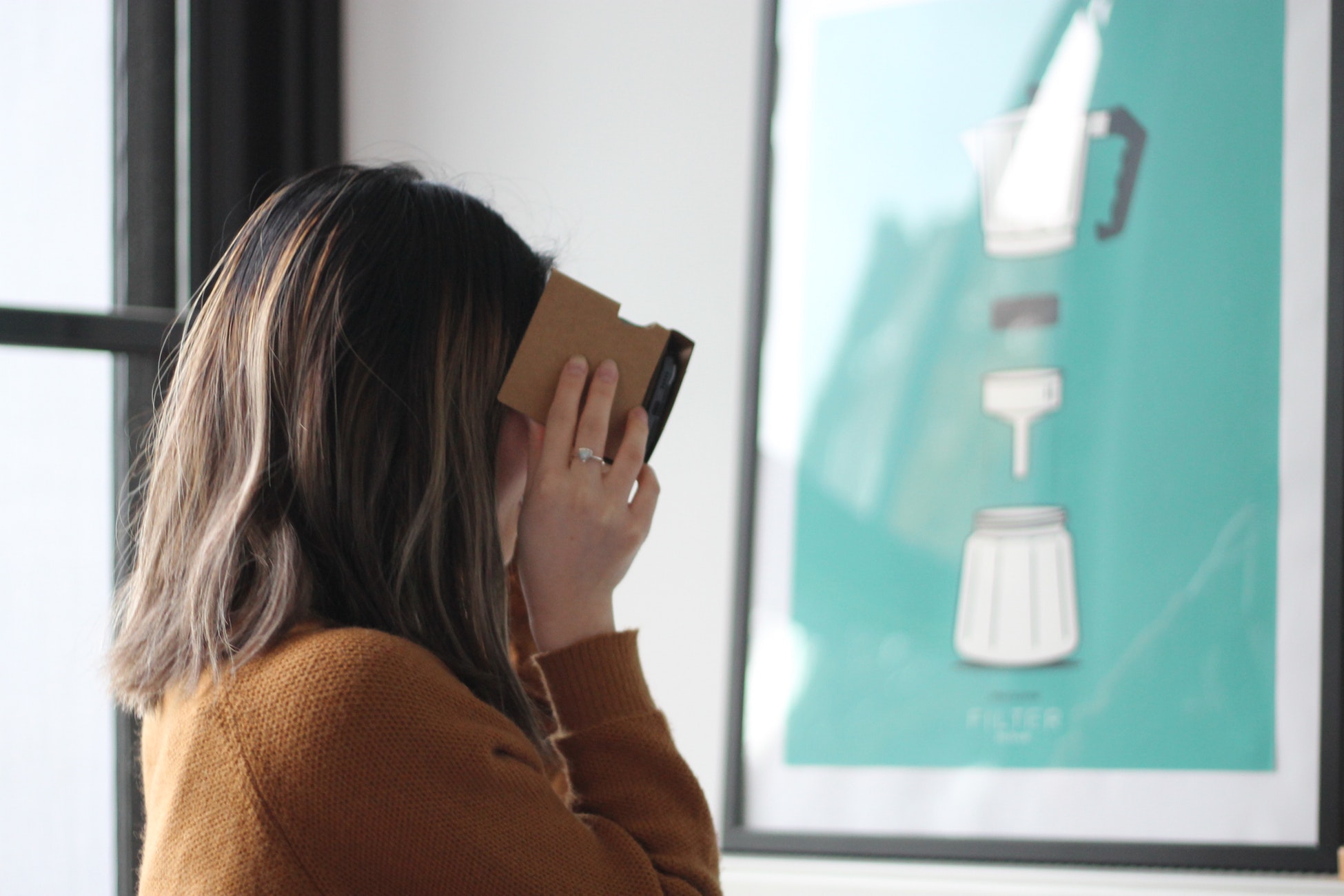What Happens When We Read: The Mind’s Eye and How it Works

Reading is a cognitive experience and written language can elicit in the brain an array of sensory perceptions. A description of an apple pie once made me put the book down so I could bask in its warm smell. But what the brain does most readily is see. It’s the mind’s “eye” that engages when we read.
There is a synergy between the mind and the eye, and writers would do well to examine it. Making the reader see may be the fiction writer’s most powerful tool because we are hardwired to respond emotionally to images and emotional response is arguably the most critical component of great storytelling.
For example, if I were to ask you in conversation, is it better to kill one person in order to save five people, chances are you’d say yes. It makes logical sense. But what if you read or heard this? An old woman stands next to you waiting for a bus. She’s wearing a faded yellow dress, a dress more in keeping with what a child might wear. There are holes in the toes of her faded white tennis shoes. Her pink ankle socks are turned down. Wisps of her thinning hair catch the waning sunlight as she stoops looking at the ground. Would you push this woman in front an oncoming bus and kill her if it meant saving five strangers on the other side of town? The answer may be less clear. With the mind’s eye, we can now see her, and seeing her unlocks our ability to feel for her.
In their paper “You See, the Ends Don’t Justify the Means: Visual Imagery and Moral Judgment,” Harvard professors Elinor Amit and Joshua D. Greene demonstrate that strong and purposefully visual imagery short-circuits the reasoning brain and shifts us into emotional mode. It quite literally clears the neurological pathways that make us feel. It’s what makes us flinch when we see someone fall. Mirror neurons fire off in our brains, permitting us to feel the pain or joy of others.
These “empathy neurons,” as they are called, make us jump simultaneously when shortstop Dustin Pedroia launches up to catch a speeding ball. Our mirror neurons mimic his motor neurons and allow us to feel as if we are catching the ball ourselves. Mirror neurons enable us to lose ourselves when we watch a performance or see a movie. They work the same way when we see a story unfold in the mind as we read.
How much a writer makes us feel depends on how effectively they make us see. Consider these few paragraphs from the beginning of J.D. Salinger’s “A Perfect Day for Bananafish” and how deeply he makes us feel for his character.
“… She washed her comb and brush. She took the spot out of the skirt of her beige suit. She moved the button on her Saks blouse. She tweezed out two freshly surfaced hairs in her mole. When the operator finally rang her room, she was sitting on the window seat and had almost finished putting lacquer on the nails of her left hand.
She was a girl who for a ringing phone dropped exactly nothing. She looked as if her phone had been ringing continually ever since she had reached puberty.
With her little lacquer brush, while the phone was ringing, she went over the nail of her little finger, accentuating the line of the moon. She then replaced the cap on the bottle of lacquer and, standing up, passed her left–the wet–hand back and forth through the air. With her dry hand, she picked up a congested ashtray from the window seat and carried it with her over to the night table, on which the phone stood. She sat down on one of the made-up twin beds and–it was the fifth or sixth ring–picked up the phone.”
80 percent of everything we understand we understand through visual information. Sight gives us insight and J.D Salinger knew this. Through very intentionally drawn visual information, whether we like her or not, he makes us feel for her.
Seeing is feeling and as long as this is true, a keen sense of vision should be as important to a writer as any other skill.


